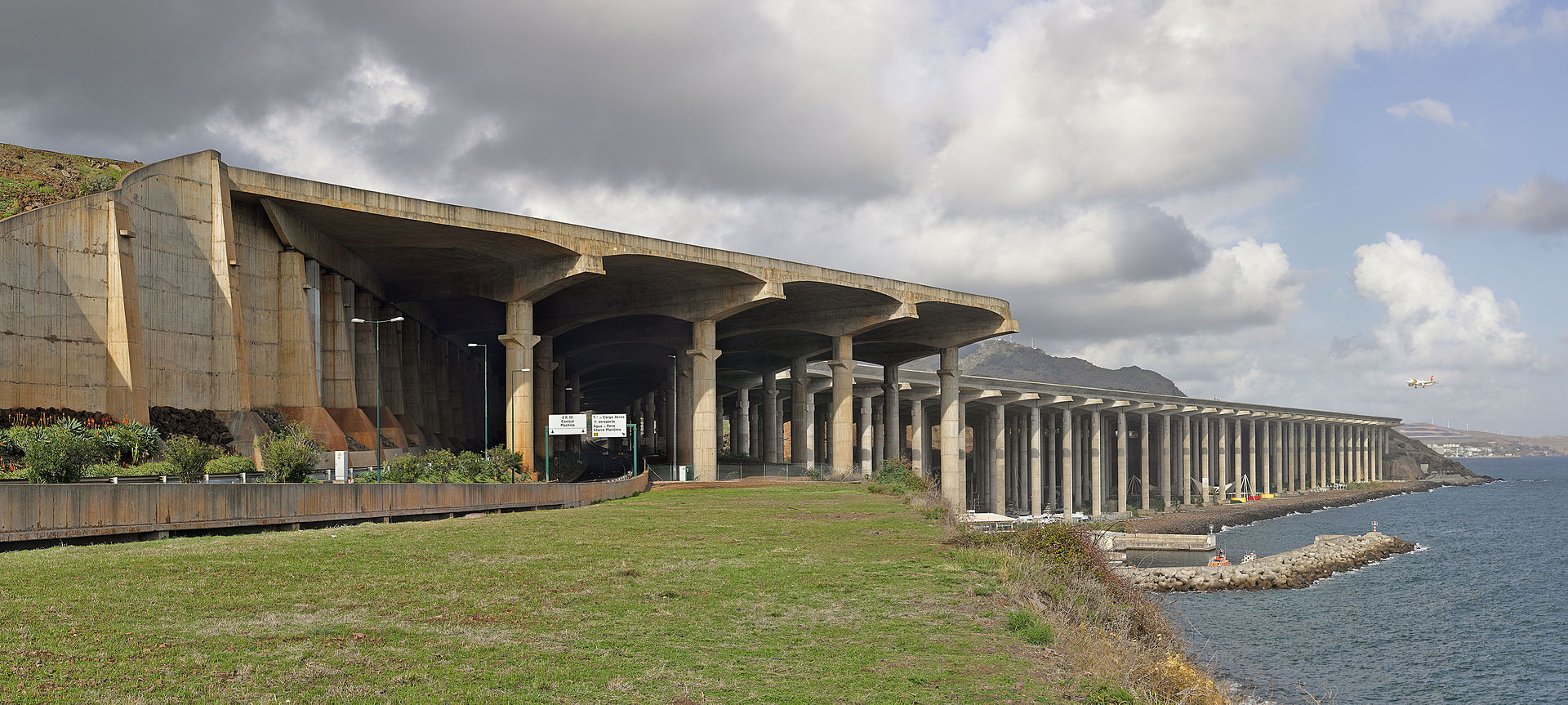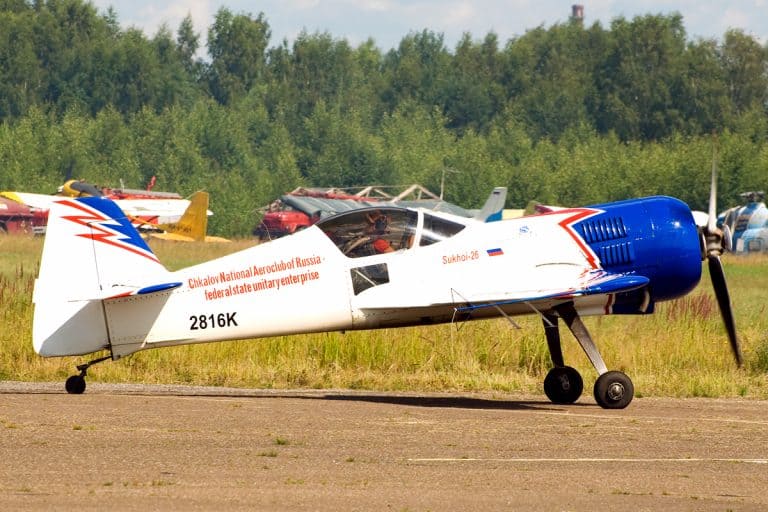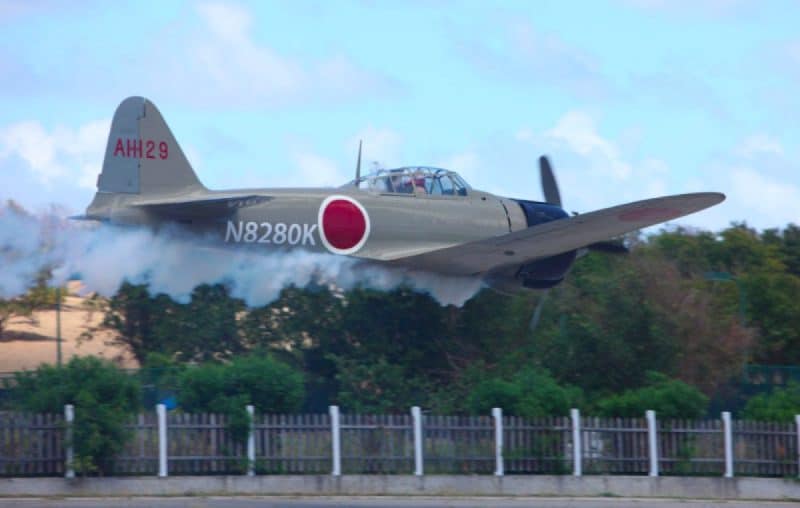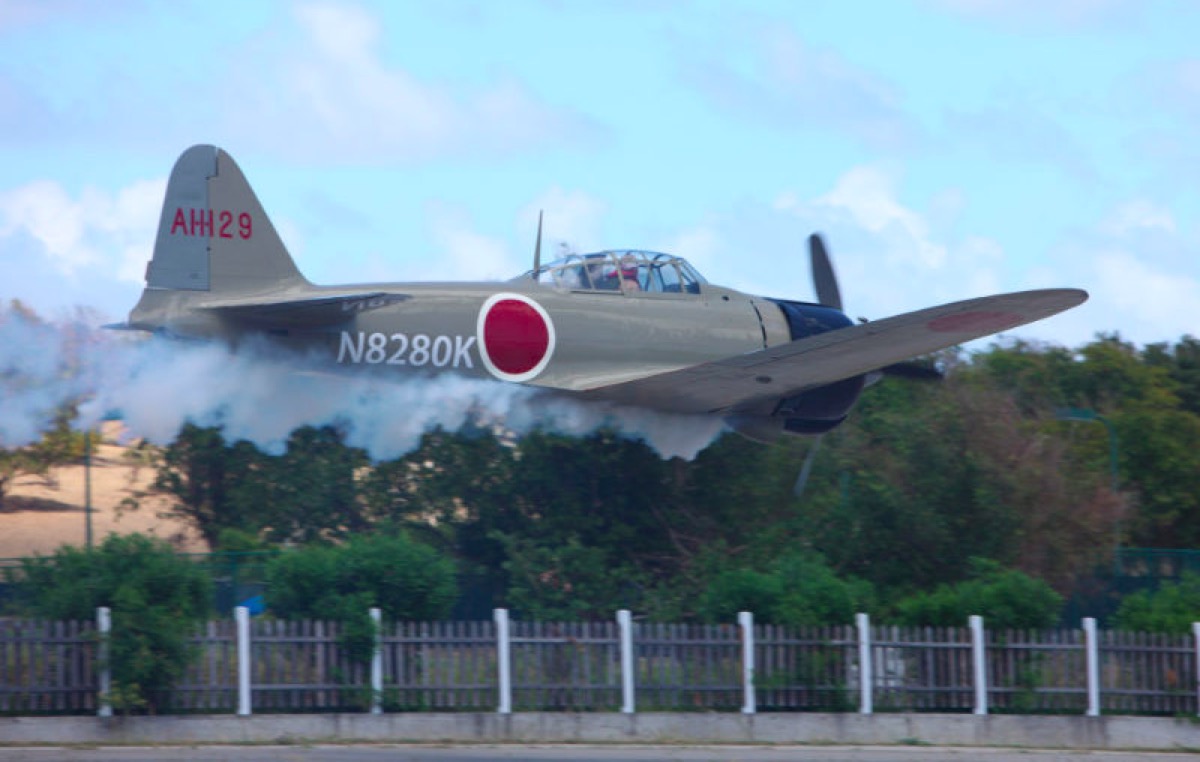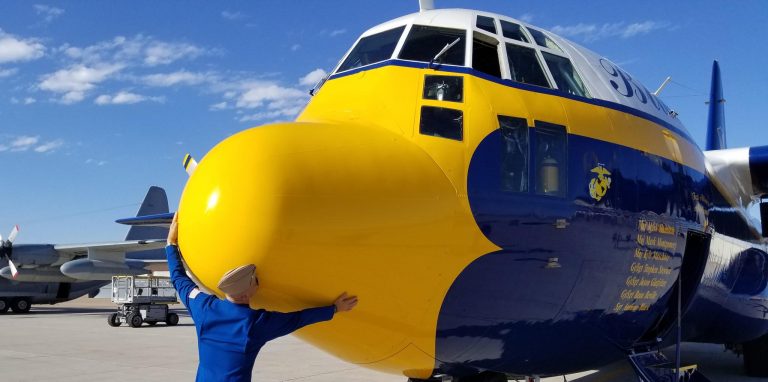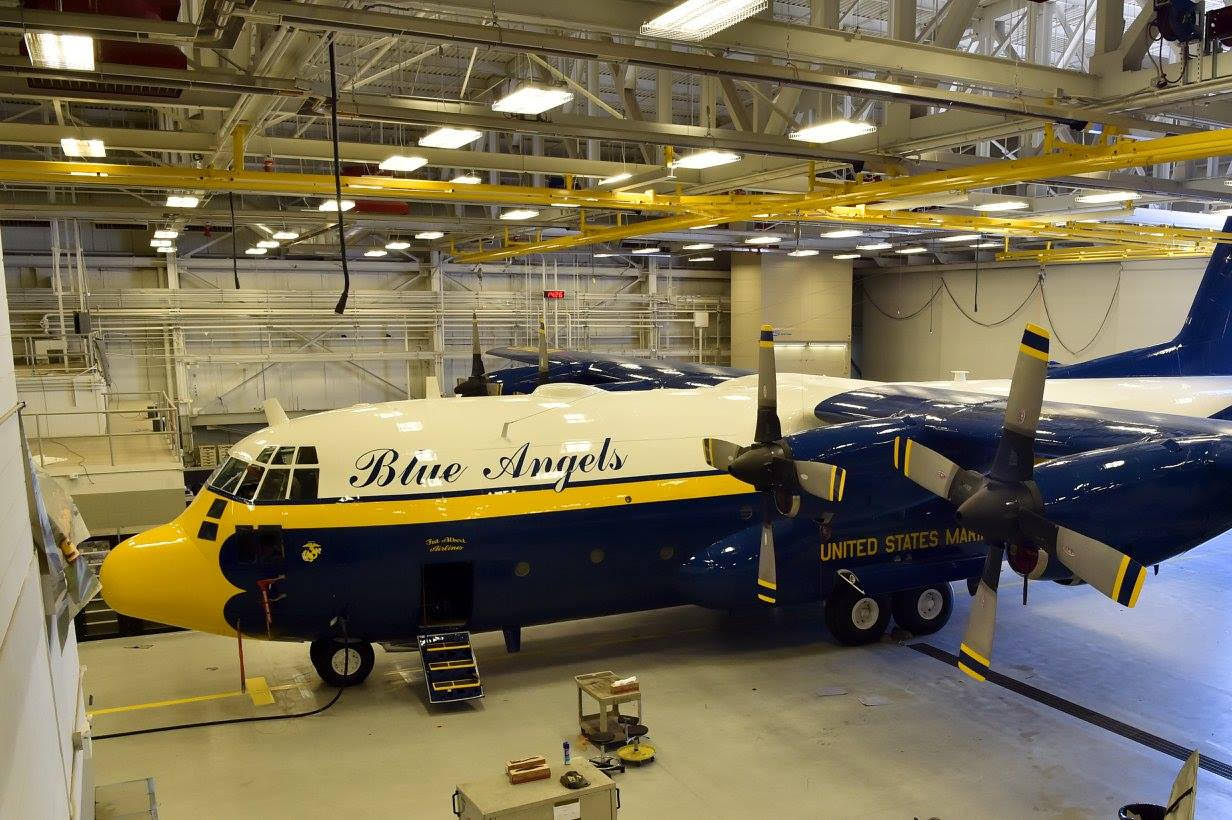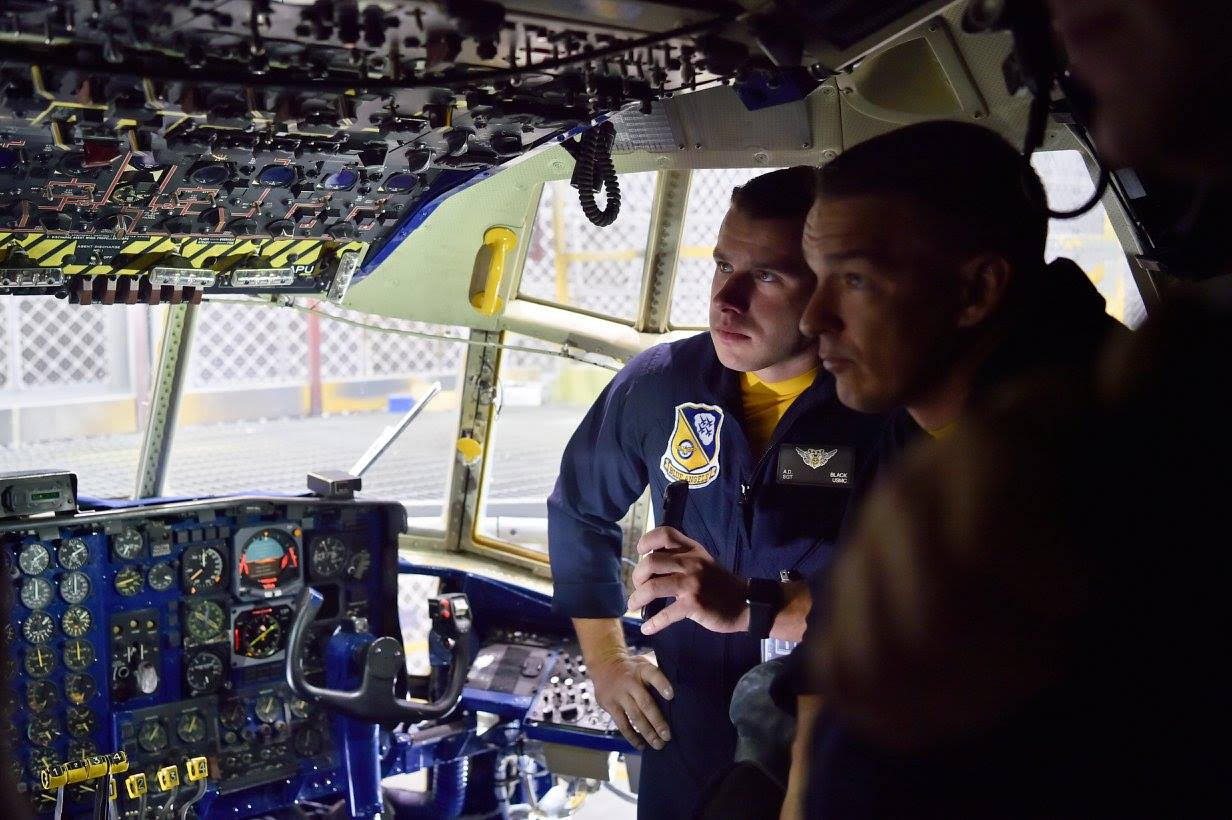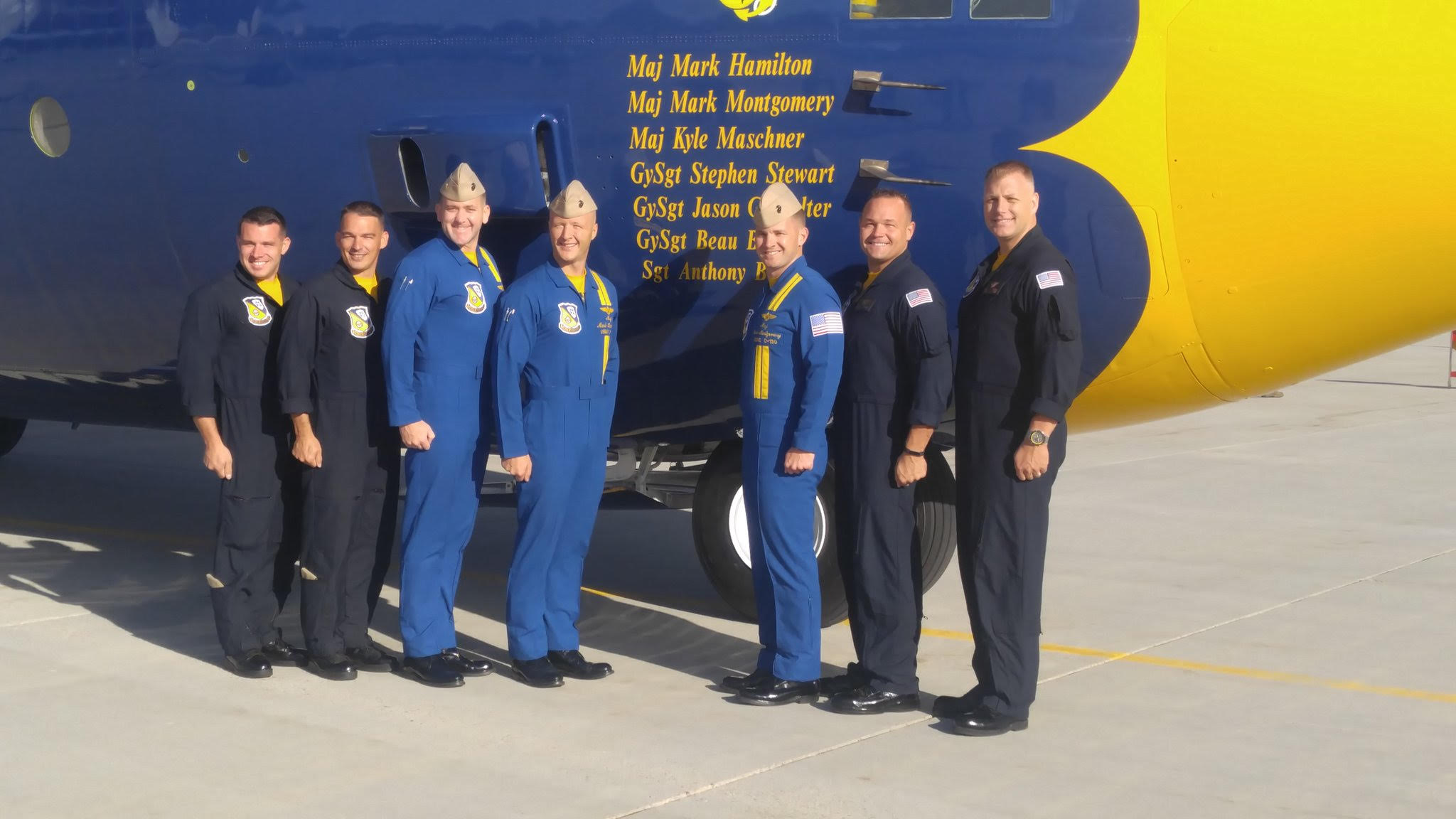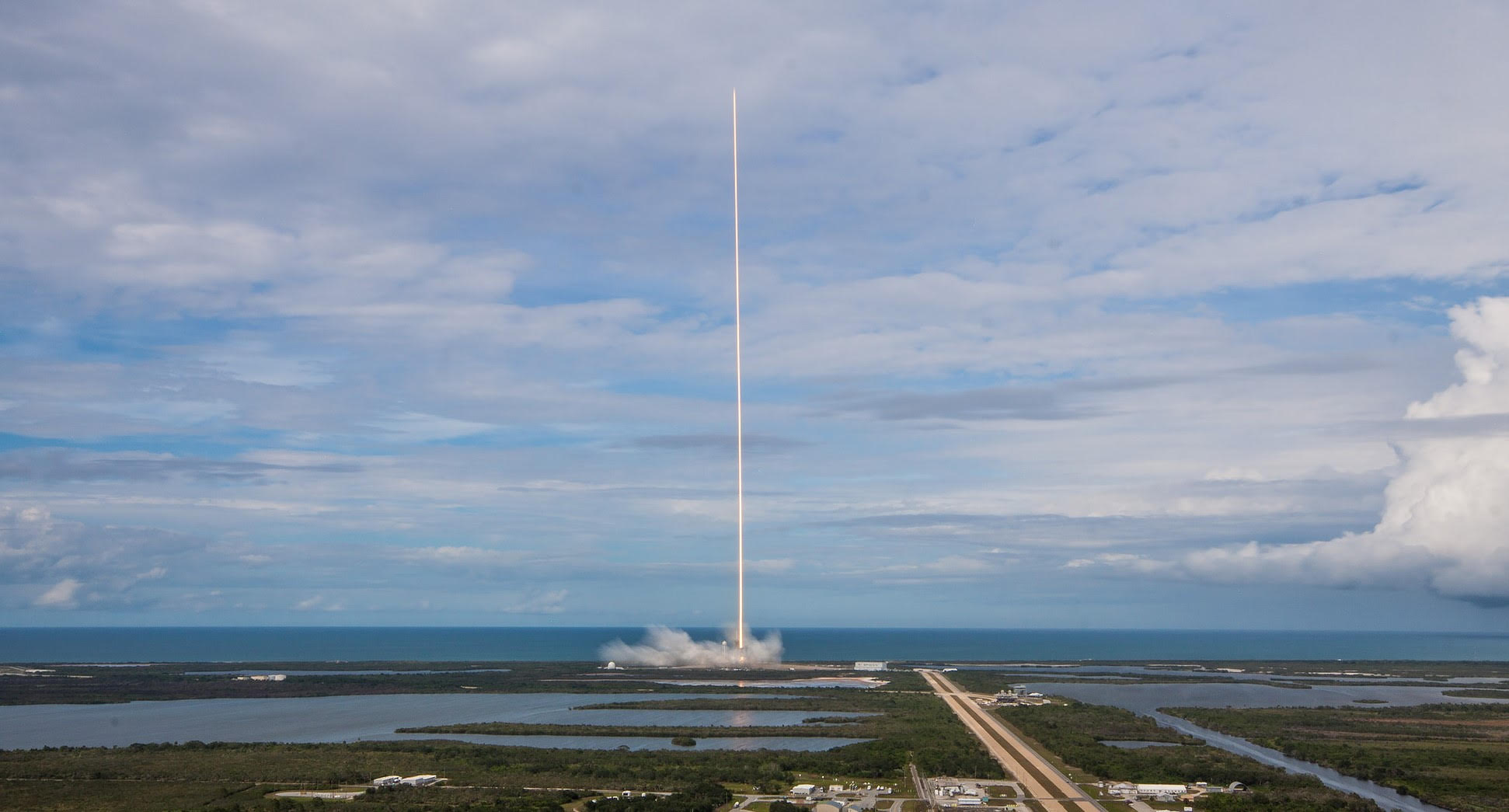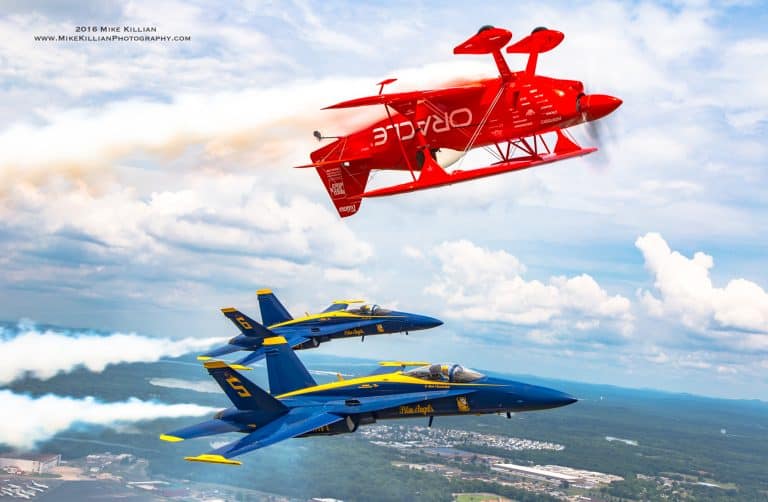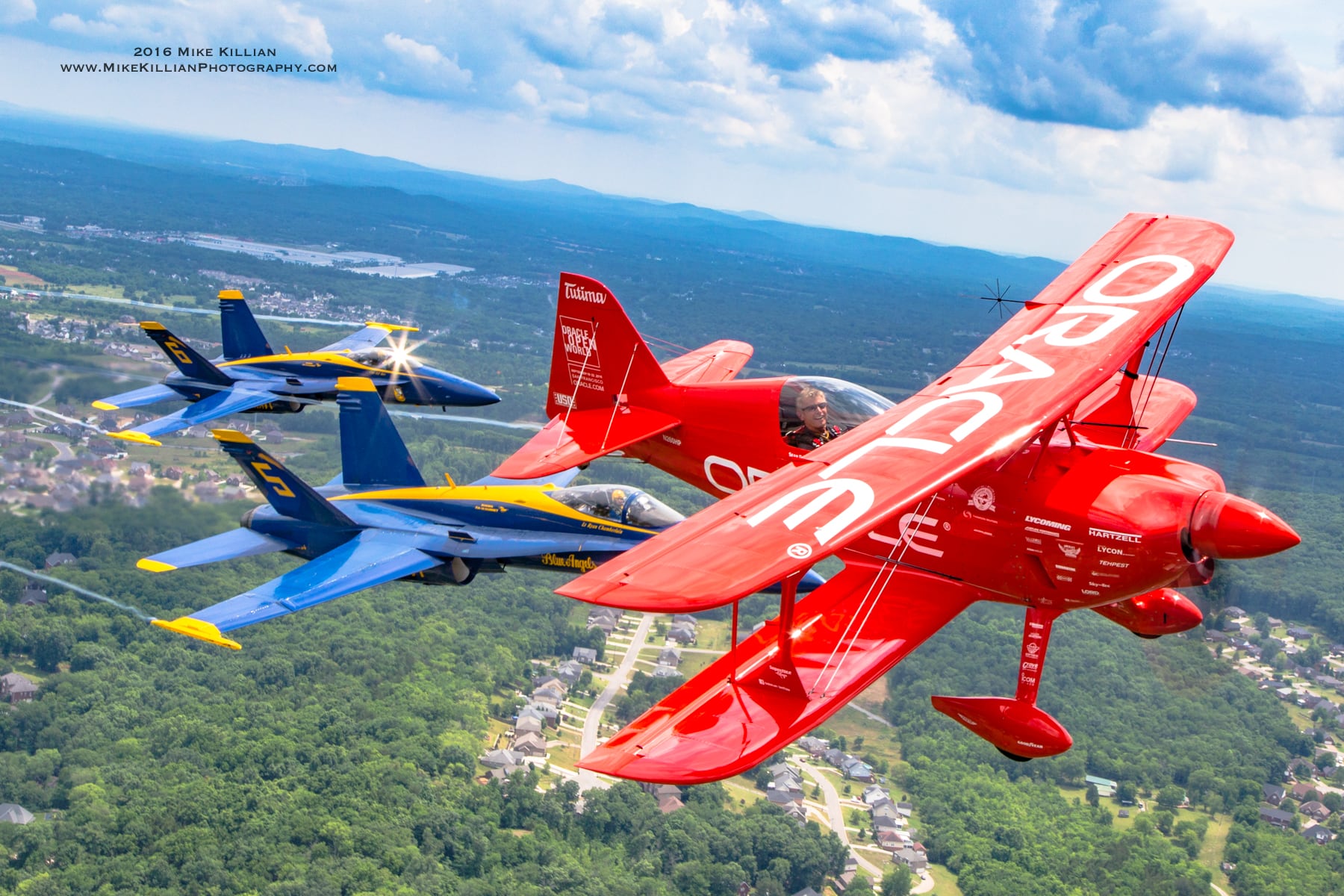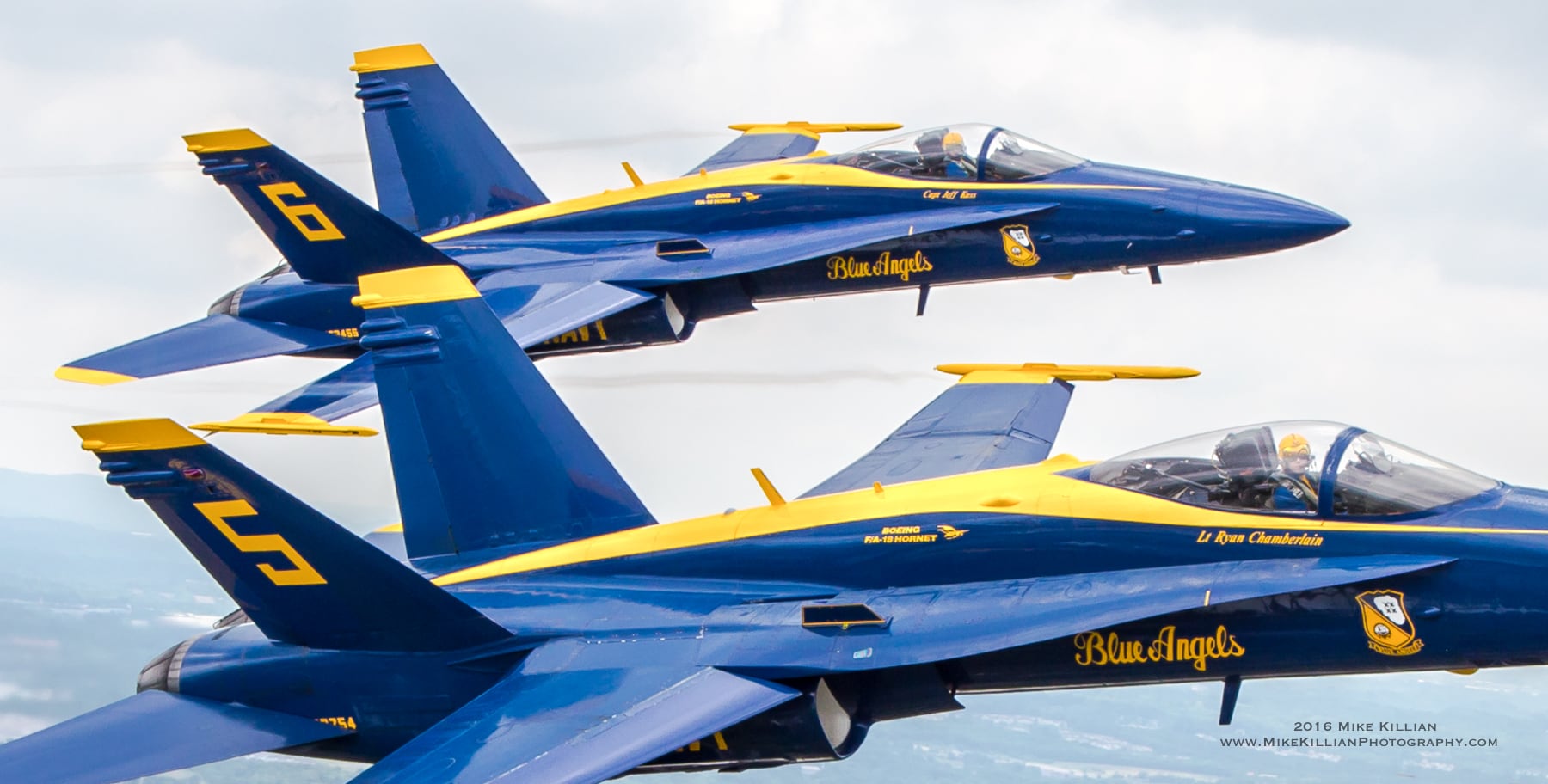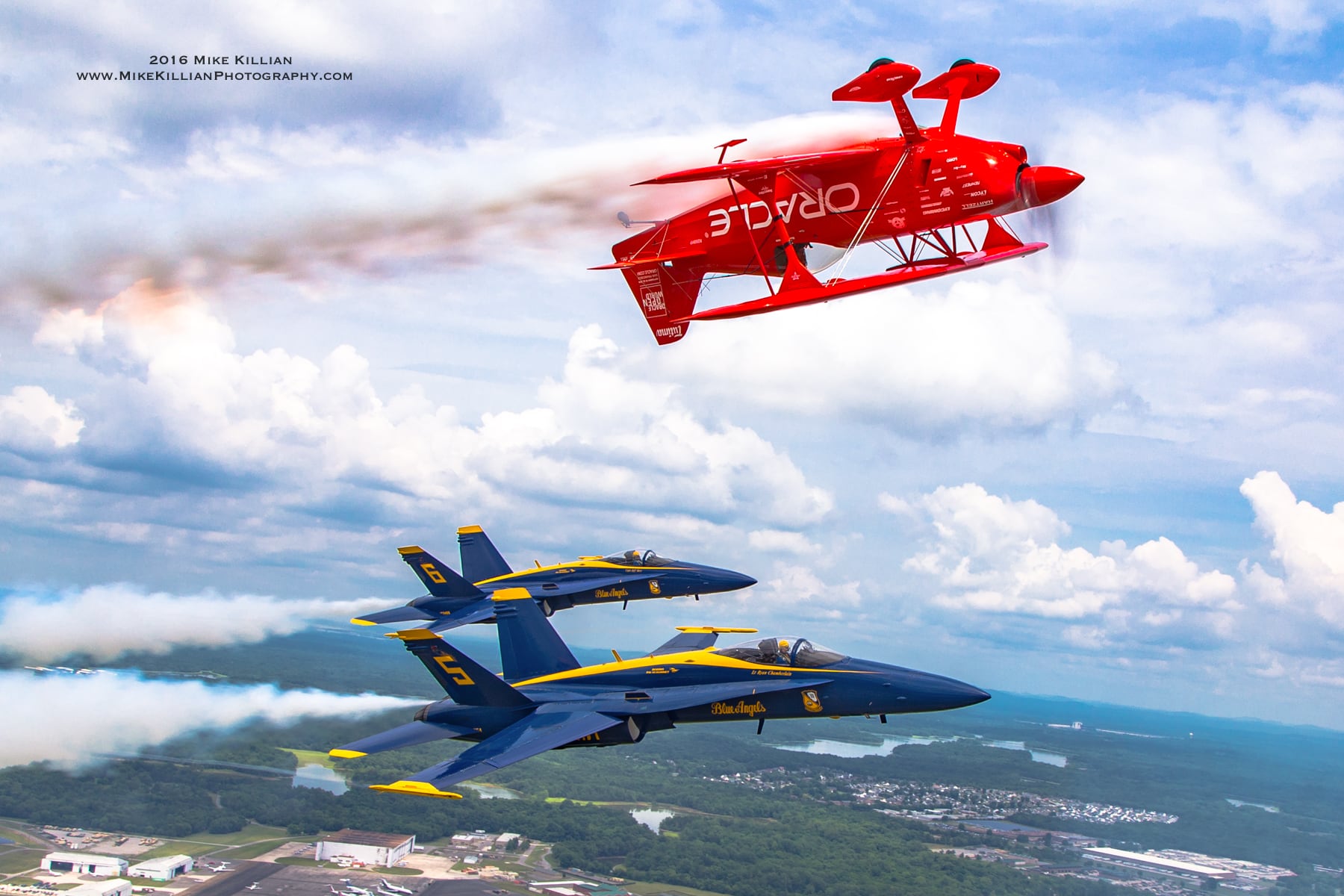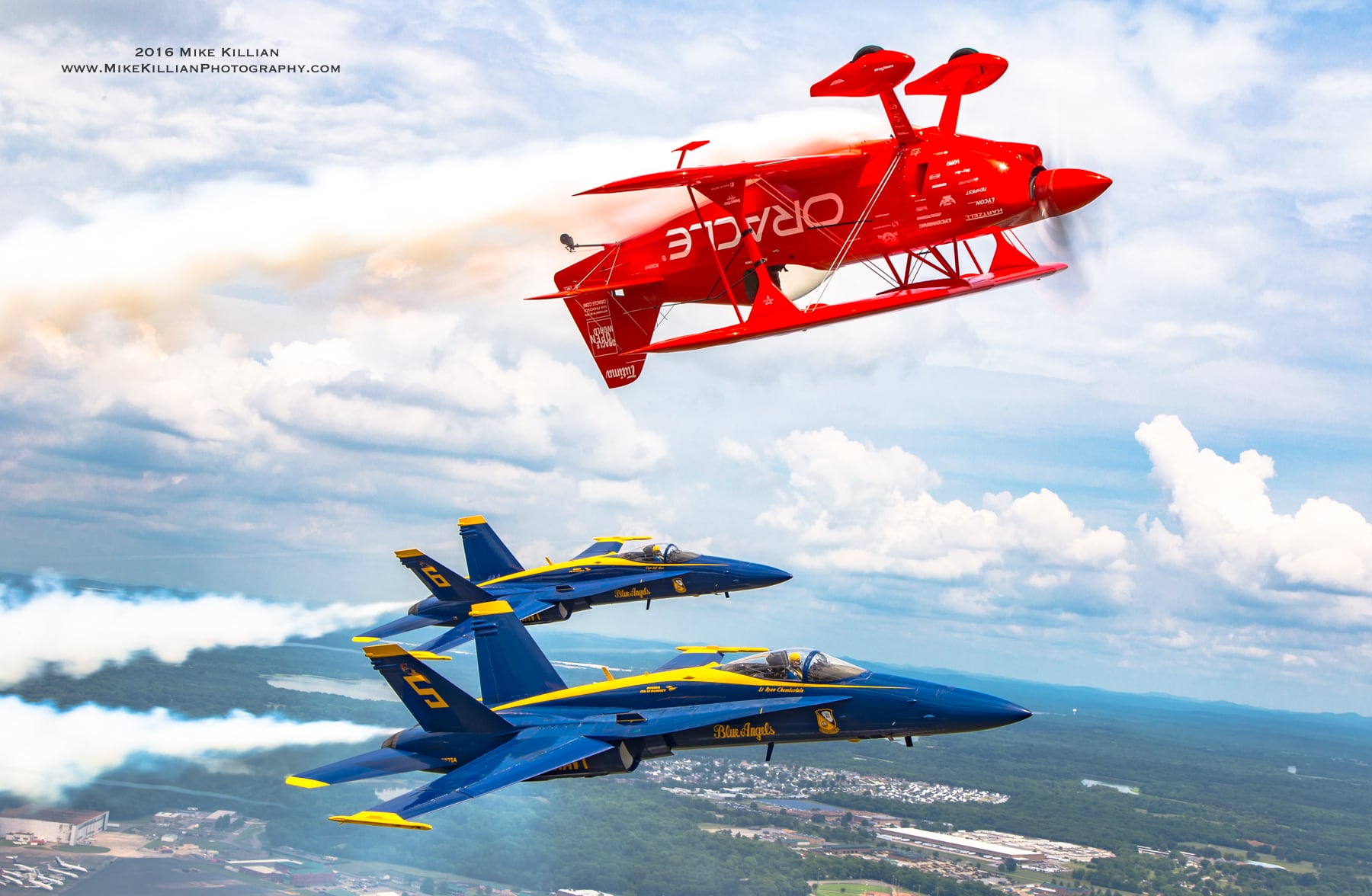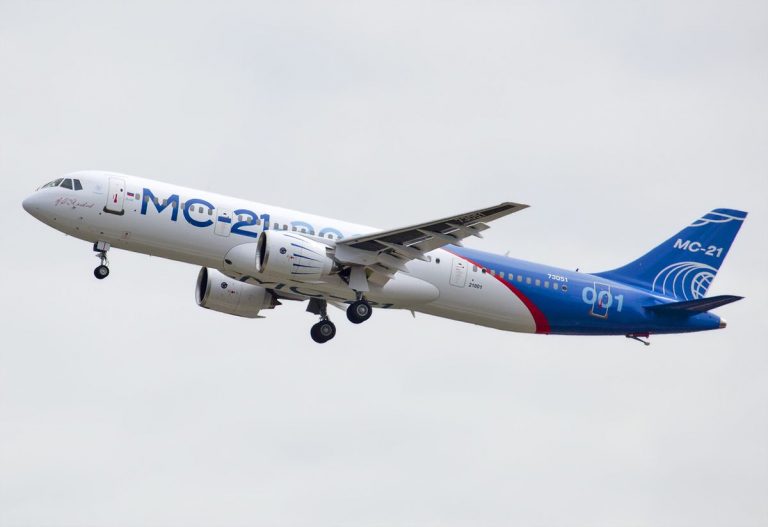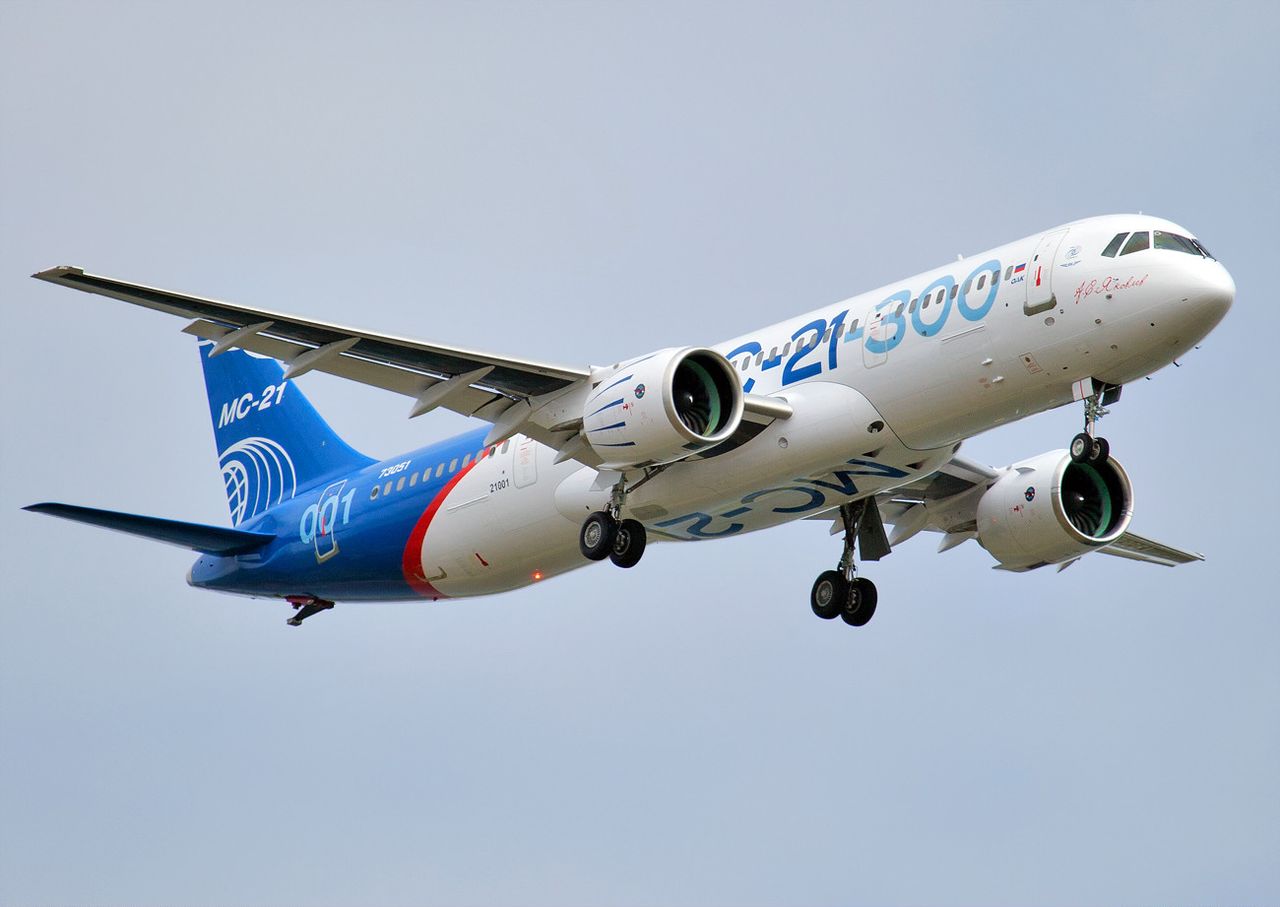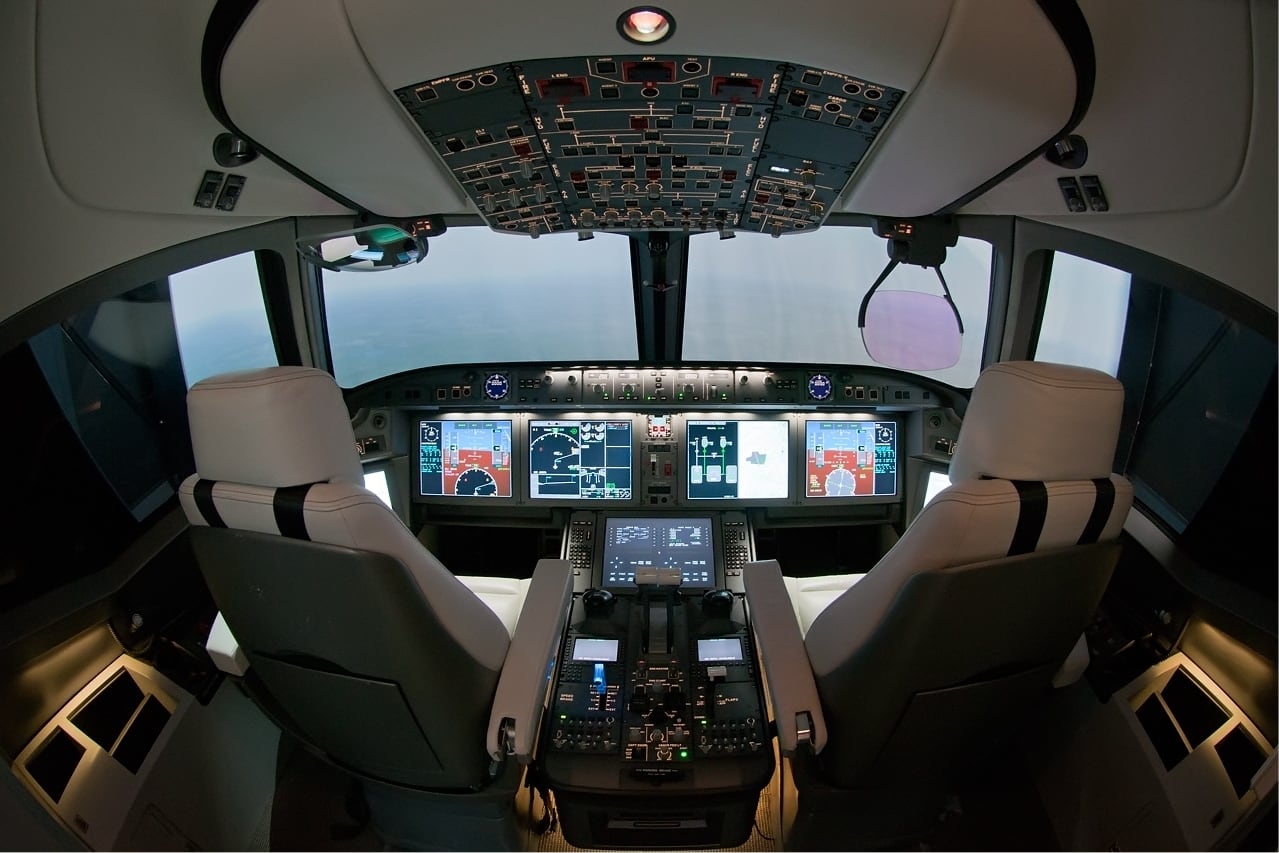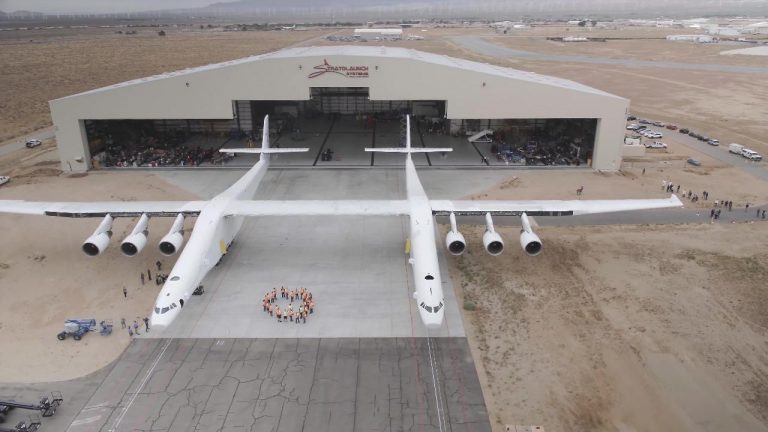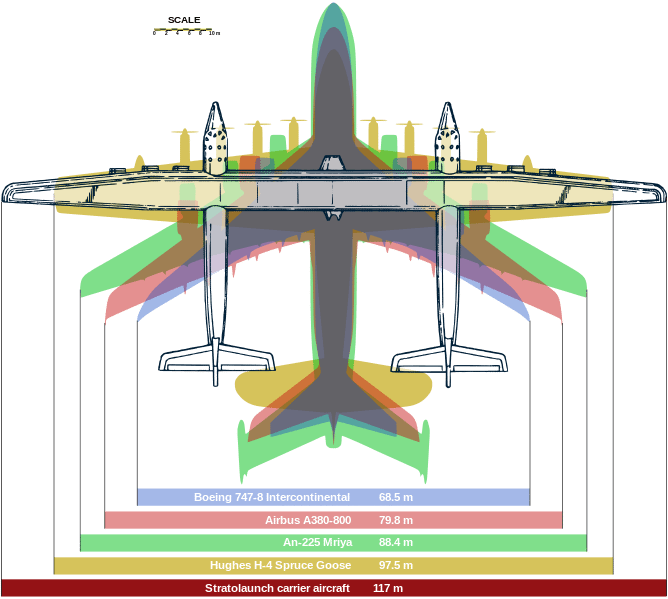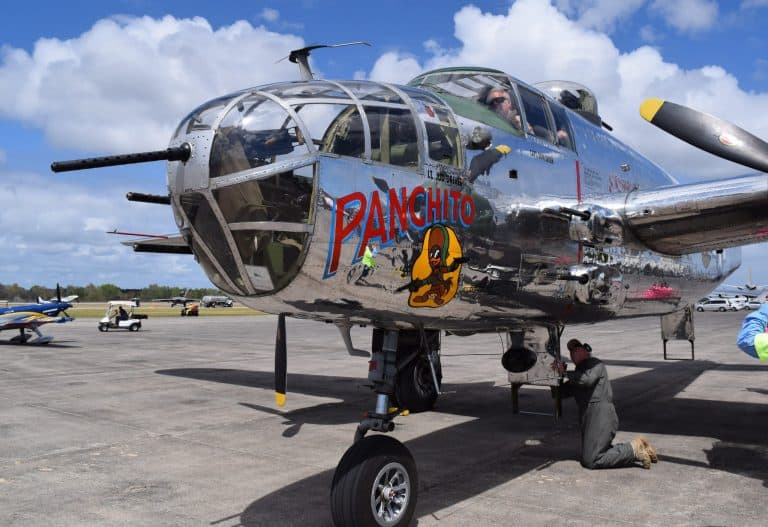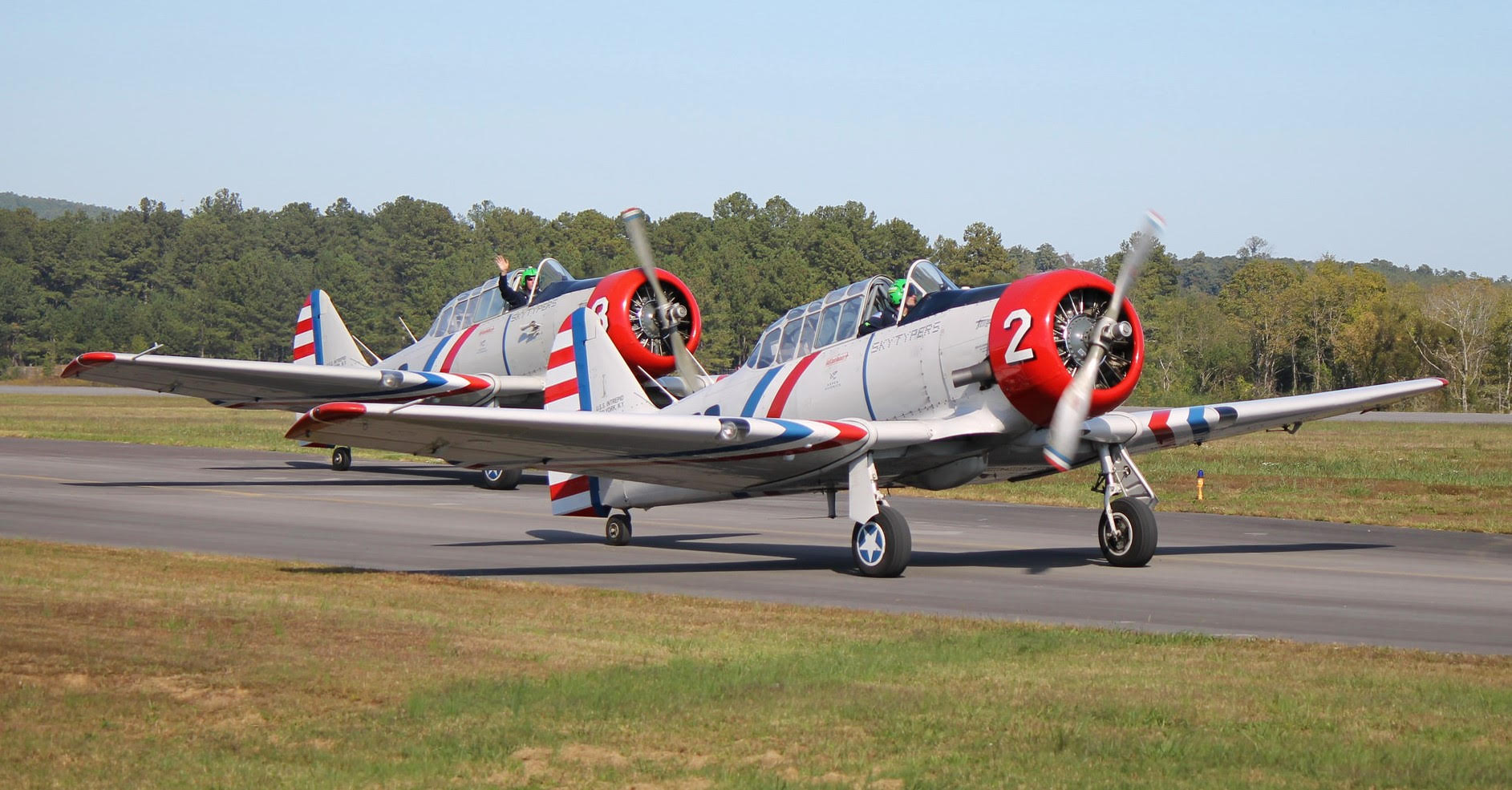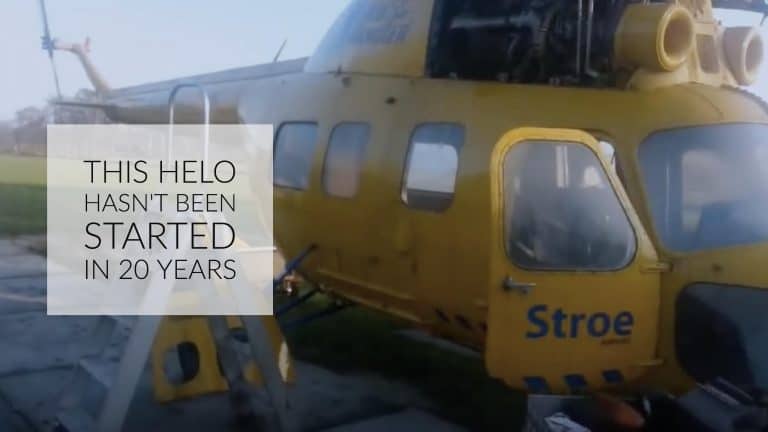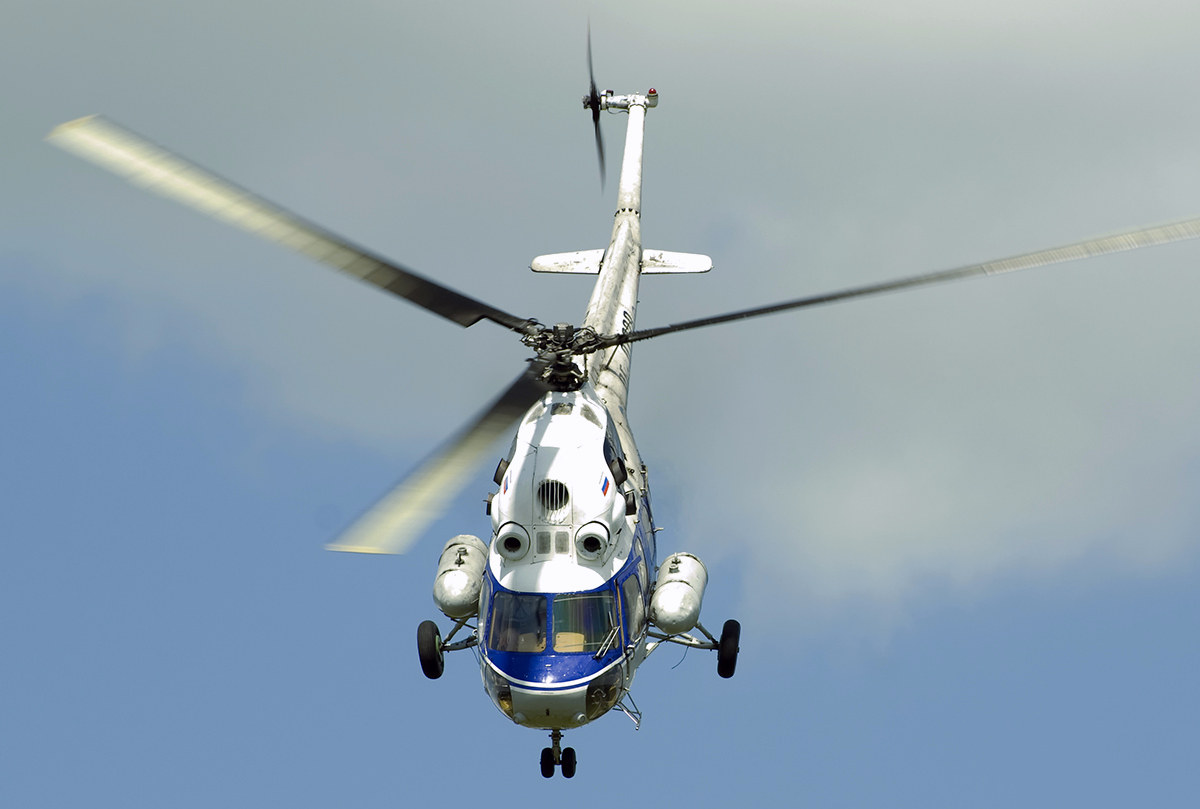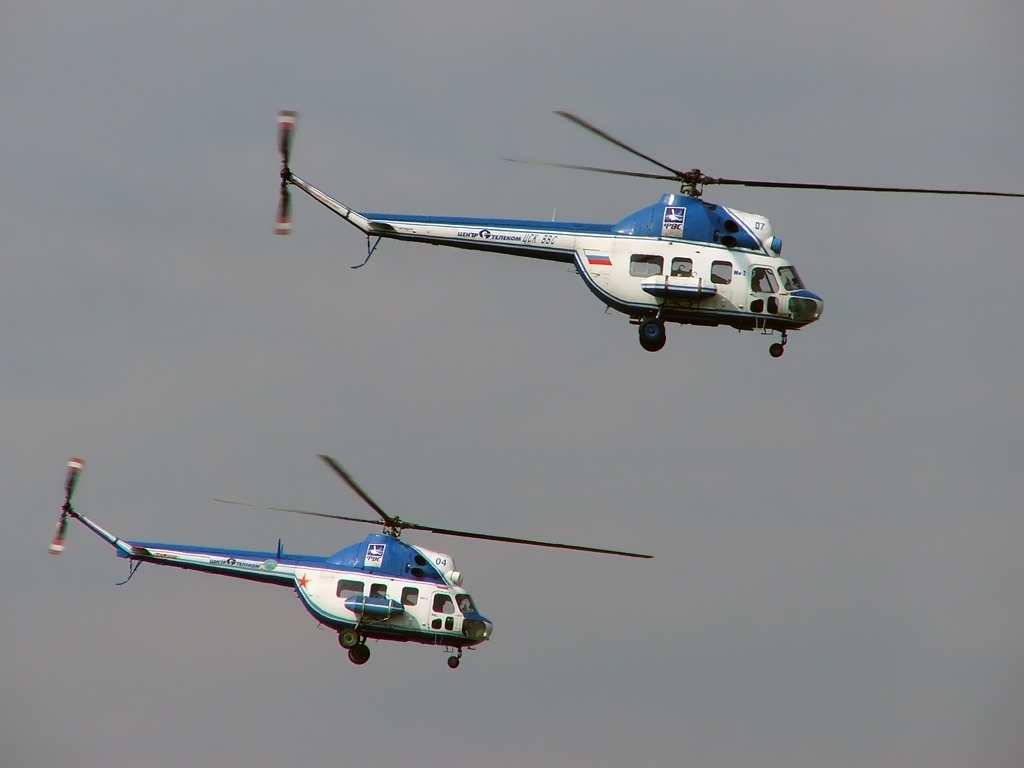READING, Penn. — The warbirds and aces of World War II will blaze a trail above the Reading Regional Airport this weekend as the pilots of today recount the history of America’s pilots of the greatest generation.
Great weather is forecast for the 27th Annual Mid-Atlantic Air Museum’s World War II Weekend located northwest of Philadelphia. The three day airshow takes off on Friday and will include live music and a huge display of aircraft in the air and on static display.
The six Navy SNJ-2 warbirds of the GEICO Skytypers Airshow Team will make their first visit to the Museum’s World War II Weekend. The team, who recently earned the Art Scholl Showmanship Award for excellence in air show performance, will perform each afternoon June 2, 3, and 4.
“This is an exciting first for World War II Weekend,” Museum President Russ Strine said of the GEICO Skytypers visit. “This is our first ever, six ship formation team.”
Their 18 minute flight demonstration will highlight the rare SNJ-2 aircraft as the pilots tell the story of an age before the jet engine; and how a this prop plane made the difference during the second world war. A flight trainer in the early-1940’s, the SNJ was known among the army’s aviators as the pilot maker.
Local residents and guests attending the three day airshow and static display will be able to see the Skytypers sky type several massive messages. The white dot matrix sky messages are computer commanded from each aircraft and much like an Oki Data printer the planes soar in unison to deliver topical messages.
“We are looking forward to seeing the people of the Reading area that have not seen us before and showing our demo, and putting some smiles on their faces,” said Larry Arken, lead pilot of the GEICO Skytypers, on Tuesday. “Also, getting to meet the guests face-to-face, that’s always one of the best things.”
Also performing is the North American B-25J Mitchell bomber which carries the name Panchito. Flown by it’s owner Larry Kelley, Panchito is scheduled to perform each afternoon, and will also fly paying spectators as he provides guests with a unique World War II experience.
“Wanna see what an old warbird is really like, come to an airshow and see them fly — hear them,” Kelley said this this aerospace journalist while on the flight line. “You’ll see smoke when they start up. Listen to them as there’s nothing like the sound of a radial engine.”
The 53-foot long silver aircraft has a wingspan of 67 feet and is powered by two 1700 hp Wright R2600-92 radial piston engines. The twin engines can allow Kelley to navigate at a cruising speed of just over 200 m.p.h. or 334 m.p.h. maxium speed.

The gathering of warbirds will include three B-25 Mitchell’s, two P-51D Mustangs, and a Curtiss P-40 Warhawk are a few more of the historic aircraft built and flown during the decade of the 1940’s.
As guests enter the airshow site, audio from the early 1940’s will echo the historic events of yesteryear as visitors walk past aircraft and receive the full experience of that era. The live music of Frank Sinatra; a portrale of president Franklin D. Roosevelt; and many honored guests as veterans of the second world war take time to meet and greet visitors and share their rare stories.
Gates open each day at 8:30 a.m., and tickets are only available at the gates. Visit http://www.maam.org/wwii/ww2_tickets.htm for full information.
(Charles Atkeison reports on aerospace and technology. Follow his updates via social media @Military_Flight.)
